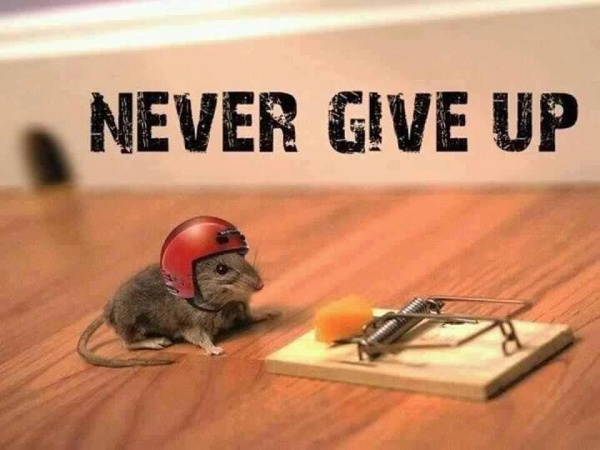This is oral week and please practise hard on your oral reading. Look at the last post for the oral tips and skills. Also, you can log onto your WWW.LEAD.COM.SG portal and practise on some of the oral passages when you click on 'Primary 6' under the oral buddy heading on the main page. There, you can find materials or reading, picture discussion and conversation.
Today, we had our 2nd last practice for your SA1 comprehension open-ended. We took a look at the pre-reading thinking activity done in groups. The passage was about the Boston bombings and it was relational to real life. We talked about how Singaporeans can learn from the Bostonians - the united and gracious spirit in coming forward to help rather than just running away.
We then went through the Synthesis and Transformation test 2 answers. The results could be better with some of you copying the wrong spelling being given to you. Always check and be careful. Don't rush through your work. Here are some of the rules for the following structures:
Neither.....nor......
Either.....or......
We always take a look at the second subject (that means the noun after the words 'nor' and 'or') for the singular or plural verb.
example: Neither the boys nor the teacher has taken lunch.
Either the boys or the teacher has taken lunch.
the word after 'nor' and 'or' is the teacher (singular) and thus, we use the singular verb of 'has'.
There are two ways in using the word 'whom'.
1. When you have a subject each in between the word, e.g. Subject - Whom - Subject.
Father whom I am very close to is taking part in the marathon.
I am taking the cake to Paul whom Mother likes very much.
2. After a preposition, we always use the word whom to represent the subject.
e.g To whom does this parcel belong to? From whom does this bag belong to? By whom is this instruction given out?
You still have to work on your direct to indirect speech, especially the changing of tenses.
- Present --> Past tense
- Past tense --> Past Perfect tense
Science
We completed the activity book on food web. Food web is slightly more complicated than food chain. You have a series of food chains. Thus, you need to really concentrate and look at the food chains involved. A single organism can consume several preys. Read and understand. In most cases, some of the names of the animals may not be given directly to you. They will give you letters of organisms and you are supposed to fill in the answers.
Example:
Q. In a habitat, organism A consumes Organism B. Organism C is a food producer is consumed by Organism B only. Organism D consumes Organism A and B too. Construct a food web.
In a food chain, there should at least be 3 organisms (1 producer and 2 consumers).
Plant --> Caterpillar --> Chicken
There are two food chains in the food web above:
C --> B --> A --> D
C --> B --> D
C is a producer.
B, A and D are consumers.
B is a plant eater.
A and D are meat eaters.
A and D are predators. However, A can be both a prey and predator.
In a food chain or food web, the producers are usually the most in numbers. In the above scenario, the number of C is the most followed by B, C and then D. If there are more predators than preys, there will not be enough preys left for predators to eat. As a result, the number of organisms in a food chain/web is kept balanced.
Thank you,
Sincerely,
Mr Nelson Ong



